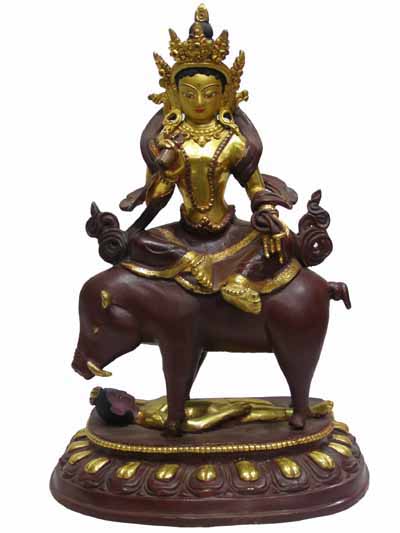
Code
HCS815
Weight
3 Kg / 6.61 lbs
Size
Height
21cm (8") Width
15cm (6") Depth
11cm (4") Material
Copper
Availability
Sold
Date Added
2008-04-19 07:16:38
Note : We used to sell this product 17 years ago so it may no longer be in our stock.
It is possible that we still have it with our suppliers but the price could be different from before.
Feel free to order. We will verify availability and inform you promptly.
It is possible that we still have it with our suppliers but the price could be different from before.
Feel free to order. We will verify availability and inform you promptly.

Safe Payment
We accept Paypal, Money Transfer, Bank Transfer
Confidence
Protection covers your purchase and personal data.
Worldwide Delivery
We ship Worldwide, except Russia.Shipping cost US$25.2 for upto 0.5 kgs

Hotline
Talk to help line for your question on 9841267335Merichi is a three faces goddess riding a chariot which is pulled by pigs.
About sold
this item is sold
this item is sold
Gold Painted Face
The face of Marici Marichi, [sold] is painted with gold to enhance its significant features, particularly the eyes, and lips. This detailed painting is essential as it brings forth the crucial attributes of the expression of eyes and lips that metal carving alone cannot capture.
Moreover, the painted face serves as a symbolic and sacred ritual in Buddhism, preparing the statue for consecration and practice. The act of painting the face with gold in Buddhism holds deep meaning. It represents the intention to bring life and expression to the statue, imbuing it with a sense of vitality and presence. The application of gold on the face showcases the devotion and craftsmanship of the artisans, ensuring that every detail is carefully attended to honor the sacred essence of the Marici Marichi, [sold]. Read More . . .
The face of Marici Marichi, [sold] is painted with gold to enhance its significant features, particularly the eyes, and lips. This detailed painting is essential as it brings forth the crucial attributes of the expression of eyes and lips that metal carving alone cannot capture.
Moreover, the painted face serves as a symbolic and sacred ritual in Buddhism, preparing the statue for consecration and practice. The act of painting the face with gold in Buddhism holds deep meaning. It represents the intention to bring life and expression to the statue, imbuing it with a sense of vitality and presence. The application of gold on the face showcases the devotion and craftsmanship of the artisans, ensuring that every detail is carefully attended to honor the sacred essence of the Marici Marichi, [sold]. Read More . . .
Partly Gold plating.
This Marici Marichi, [sold] has a Partly gold-plated finish. Partly fire gold gilding, a common practice in Nepali handicrafts. This technique is skillfully employed by artisans to create intricate designs on various metal objects, including statues, jewelry, and decorative items. Through a process, a mask or resist is applied to safeguard specific areas from the gold plating. The object is then subjected to high temperatures, allowing the gold to beautifully adhere to exposed surfaces using a combination of heat and pressure.
In the realm of Buddhist statues, this technique holds additional significance as it distinguishes the golden-plated body from the oxidized or maroon-painted clothing. This visual separation conveys the contrast between the divine purity of the body and the modest attire symbolizing the humble lifestyle of Buddhist monks. The partly fire gold gilding not only adds exquisite detail and elegance but also embodies the deep cultural and spiritual meaning associated with these treasured artifacts. Read More . . .
This Marici Marichi, [sold] has a Partly gold-plated finish. Partly fire gold gilding, a common practice in Nepali handicrafts. This technique is skillfully employed by artisans to create intricate designs on various metal objects, including statues, jewelry, and decorative items. Through a process, a mask or resist is applied to safeguard specific areas from the gold plating. The object is then subjected to high temperatures, allowing the gold to beautifully adhere to exposed surfaces using a combination of heat and pressure.
In the realm of Buddhist statues, this technique holds additional significance as it distinguishes the golden-plated body from the oxidized or maroon-painted clothing. This visual separation conveys the contrast between the divine purity of the body and the modest attire symbolizing the humble lifestyle of Buddhist monks. The partly fire gold gilding not only adds exquisite detail and elegance but also embodies the deep cultural and spiritual meaning associated with these treasured artifacts. Read More . . .
Lost-Wax System
This Marici of Marici Marichi, [sold] is made by the process of the Lost Wax system. This is a very complicated, time consuming and historic process of making metal sculptures.Which is why it is sometimes called Precision Casting as well. Hence the sculptures made by this process are comparatively expensive. There are many new, advanced and less time consuming methods of casting metal sculptures available as well. But due to the benefits provided by the traditional lost wax system in quality control and customization, we prefer the Loss wax system over Ceramic molding, or sand casting to make our Marici.
Below we have tried to illustrate the process of making a loss wax system statue: Read More . . .
This Marici of Marici Marichi, [sold] is made by the process of the Lost Wax system. This is a very complicated, time consuming and historic process of making metal sculptures.Which is why it is sometimes called Precision Casting as well. Hence the sculptures made by this process are comparatively expensive. There are many new, advanced and less time consuming methods of casting metal sculptures available as well. But due to the benefits provided by the traditional lost wax system in quality control and customization, we prefer the Loss wax system over Ceramic molding, or sand casting to make our Marici.
Below we have tried to illustrate the process of making a loss wax system statue: Read More . . .
Brief Introduction :
Marici, in Mahayana and Vajrayana Buddhism, is a deva or bodhisattva associated with light and the sun. She is known as Molizhitian (摩利支天) or Molizhitian Pusa (摩利支天菩萨) in China, Marishi-ten (摩利支天) in Japan, and ozer Chenma (Wylie: od zer can ma) in Tibet. She is one of the 20 (or 24) Celestials (二十/二十四諸天). In Taoism and Chinese folk religion, Marici is known under the epithet Doumu (Chinese: 斗母元君; pinyin: Dǒumǔ Yuanjūn), a name sometimes used by Buddhists.
Marici is usually depicted in one of the following ways:
As a beautiful woman on an open lotus, the lotus itself sometimes perched on the back of seven sows.
As a ferocious wrathful deity perched on the back of a boar.
Riding a fiery chariot pulled by seven savage boars or sows.
As a multi-armed woman with a different weapon in each hand standing or sitting on the back of a boar.
She has been depicted with one, three, five or six faces and two, six, eight, ten or twelve arms; three eyes; in her many-faced manifestations one of her faces is that of a sow.
Origin of Marichi :Marici is usually depicted in one of the following ways:
As a beautiful woman on an open lotus, the lotus itself sometimes perched on the back of seven sows.
As a ferocious wrathful deity perched on the back of a boar.
Riding a fiery chariot pulled by seven savage boars or sows.
As a multi-armed woman with a different weapon in each hand standing or sitting on the back of a boar.
She has been depicted with one, three, five or six faces and two, six, eight, ten or twelve arms; three eyes; in her many-faced manifestations one of her faces is that of a sow.
Marici in China is worshiped as both a Buddhist and Taoist deity. She is highly revered in Esoteric Buddhism. Most often, she is depicted with three eyes in each of her four faces; with four arms on each side of her body. Two of her hands are held together, and the other six hold a sun, moon, bell, golden seal, bow, and halberd. She is either standing/sitting on top of a lotus or pig, or on a Lotus on top of seven pigs. She is celebrated on the 9th day of the 9th lunar month.
Due to similar iconography, she is often confused with the Bodhisattva Cundī. Among Chinese Buddhists, she is worshiped as the goddess of light and as the guardian of all nations, whom she protects from the fury of war.
In Taoism, Doumu remains a popular deity and is often referred to as Queen of Heaven (Chinese: 天后; pinyin: Tiān Hòu) and is widely worshiped as the Goddess of Beidou (the Chinese equivalent of Ursa Major except that it also includes 2 "attendant" stars). She is also revered as the mother of the Nine Emperor Gods who are represented by the nine stars in the Beidou constellation. Legend has it that one spring day a queen went to bath in a pond. Upon entering she suddenly felt "moved" and nine lotus buds rose from the pond. Each of these lotus buds opened to reveal a star which then became the Beidou constellation.
She is worshiped today in Taoist temples like the White Cloud Temple and the Tou Mu Kung Temple which has both Taoist and Buddhist influences.
Doumu is chronicled in three scriptural Daozang texts, from which the above stories have been extracted. The three texts in Daoist Canon were compiled during the Song Yuan, according to the each entryâs preface in the Zhengtong daozang (Numbered according to Schipper, 1975). They are Dz 45: 'Yuqing wushang lingbao ziran bei dou ben sheng jing' 玉清無上靈寶自然北斗本生經, True and Unsurpassed Lingbao Scripture from the Yuqing Heaven on the Spontaneous Origin of the Northern Dipper; Dz 621: Taishang xuanling doumu da sheng yuanchun benming yansheng xinjing 太上玄靈斗姆大聖元君本命延生心經, Heart Scripture of Original Destiny and Extending Life of the Great Sagely Goddess Dipper Mother; and Dz 1452: Xiantian doumu qingao xuanke 先天斗姆秦告玄科, Mysterious Rite for Petitioning the Dipper Mother of Former Heavens.
Due to similar iconography, she is often confused with the Bodhisattva Cundī. Among Chinese Buddhists, she is worshiped as the goddess of light and as the guardian of all nations, whom she protects from the fury of war.
In Taoism, Doumu remains a popular deity and is often referred to as Queen of Heaven (Chinese: 天后; pinyin: Tiān Hòu) and is widely worshiped as the Goddess of Beidou (the Chinese equivalent of Ursa Major except that it also includes 2 "attendant" stars). She is also revered as the mother of the Nine Emperor Gods who are represented by the nine stars in the Beidou constellation. Legend has it that one spring day a queen went to bath in a pond. Upon entering she suddenly felt "moved" and nine lotus buds rose from the pond. Each of these lotus buds opened to reveal a star which then became the Beidou constellation.
She is worshiped today in Taoist temples like the White Cloud Temple and the Tou Mu Kung Temple which has both Taoist and Buddhist influences.
| Marici | Marichi painted 1600-1699, Central Tibet. Ground mineral pigment on silk. "The Fifth Dalai Lama instructed Choying Dorje to go to Drak, a remote region south of Lhasa. There at Ngakdrak Monastery he produced some of his last works of art, a sculpture of Vajrapani and a drawing of the goddess Marichi | Marici with eight-arms & four faces riding on a boar - Hongfashan Temple, Hong Kong | Multi-armed Marici on one boar. |
Doumu is chronicled in three scriptural Daozang texts, from which the above stories have been extracted. The three texts in Daoist Canon were compiled during the Song Yuan, according to the each entryâs preface in the Zhengtong daozang (Numbered according to Schipper, 1975). They are Dz 45: 'Yuqing wushang lingbao ziran bei dou ben sheng jing' 玉清無上靈寶自然北斗本生經, True and Unsurpassed Lingbao Scripture from the Yuqing Heaven on the Spontaneous Origin of the Northern Dipper; Dz 621: Taishang xuanling doumu da sheng yuanchun benming yansheng xinjing 太上玄靈斗姆大聖元君本命延生心經, Heart Scripture of Original Destiny and Extending Life of the Great Sagely Goddess Dipper Mother; and Dz 1452: Xiantian doumu qingao xuanke 先天斗姆秦告玄科, Mysterious Rite for Petitioning the Dipper Mother of Former Heavens.


![Marici Marichi, [sold]](https://handicraftseller.com/uploads/pics/product/thumb/2008/04/815.jpg)

























































 Sold" title="Marici Marichi,
Sold" title="Marici Marichi, 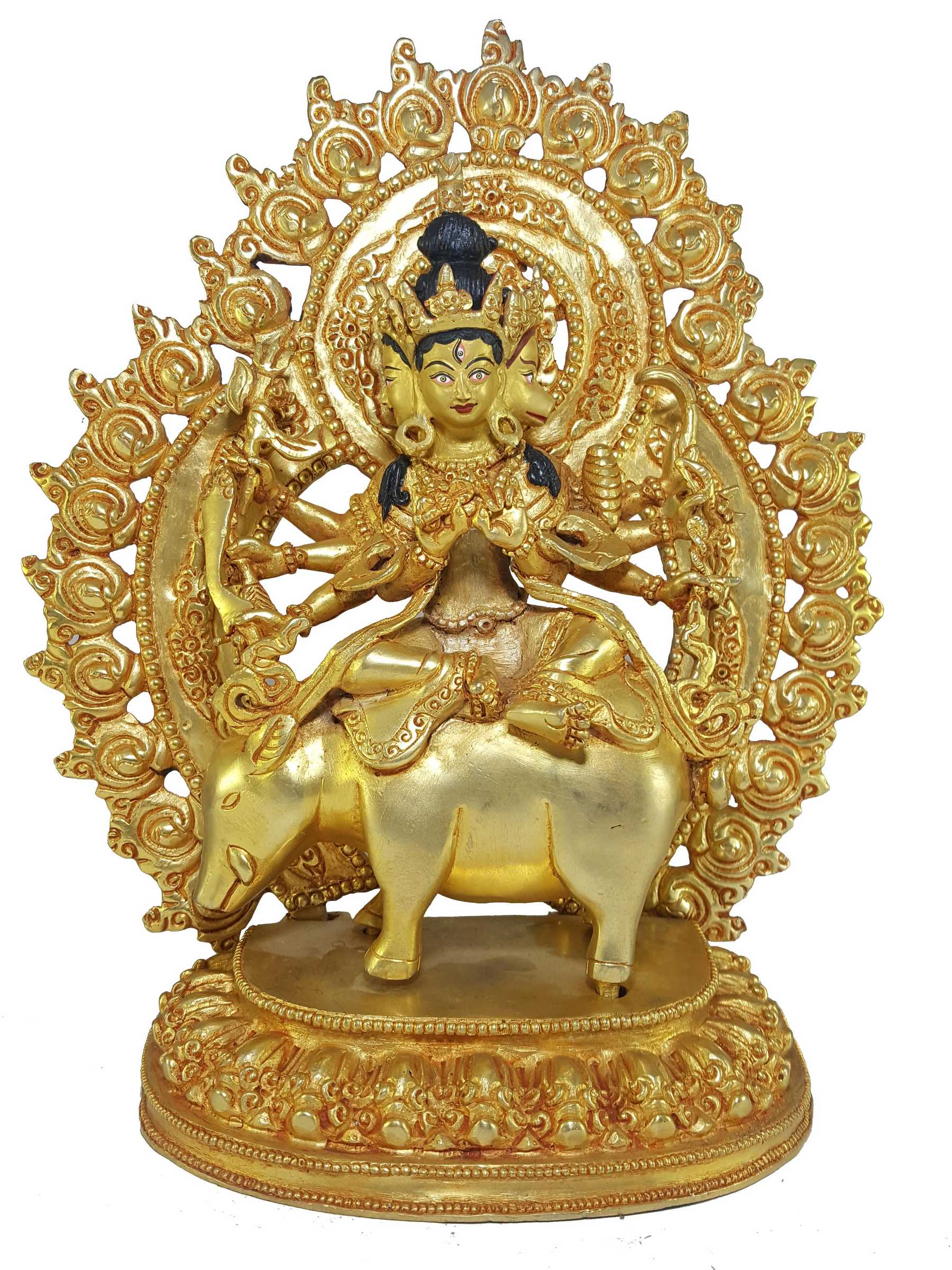 of Marici
of Marici  of Marici
of Marici 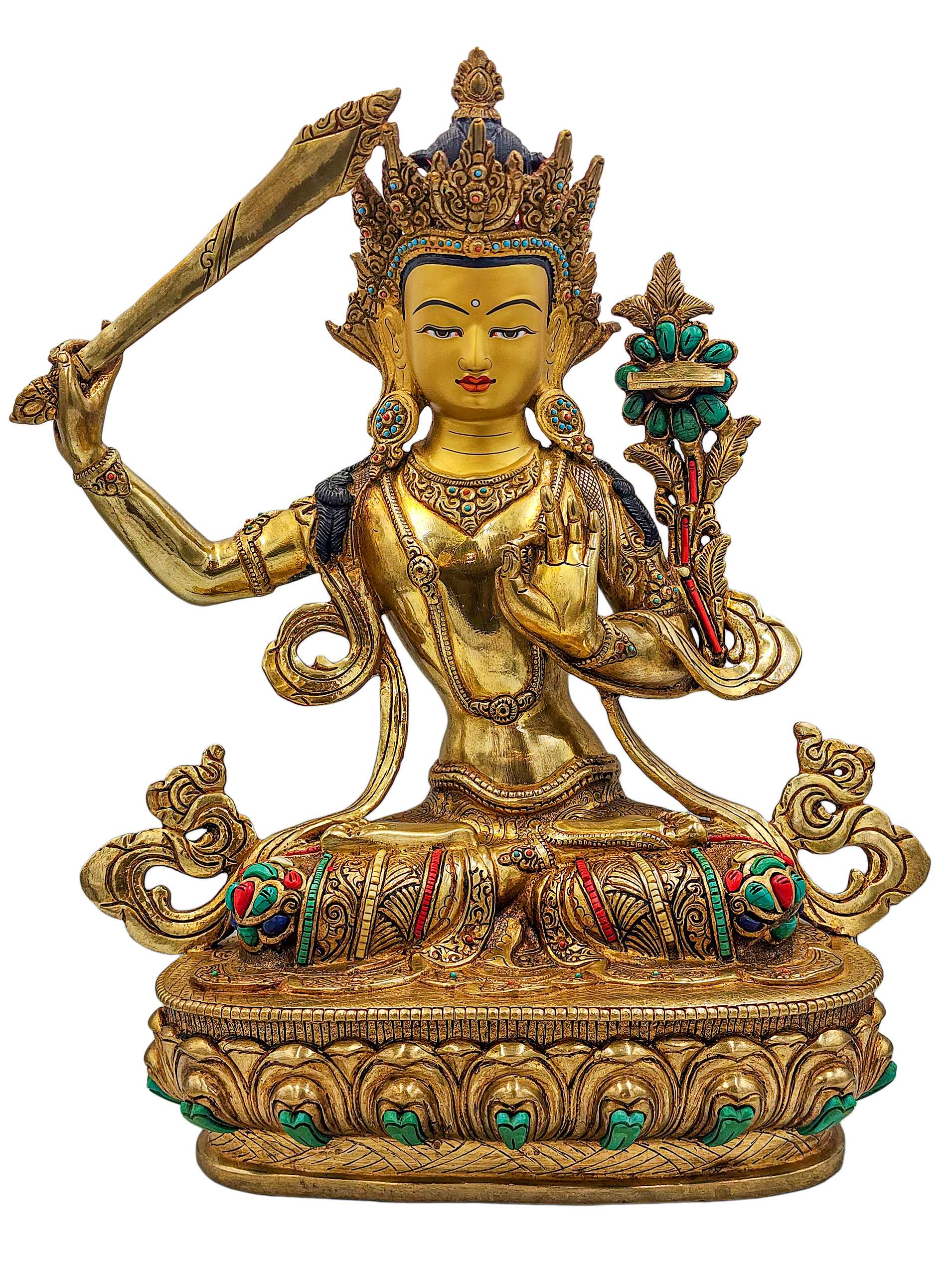 Manjushree, Buddhist Handmade Statue,
Manjushree, Buddhist Handmade Statue, 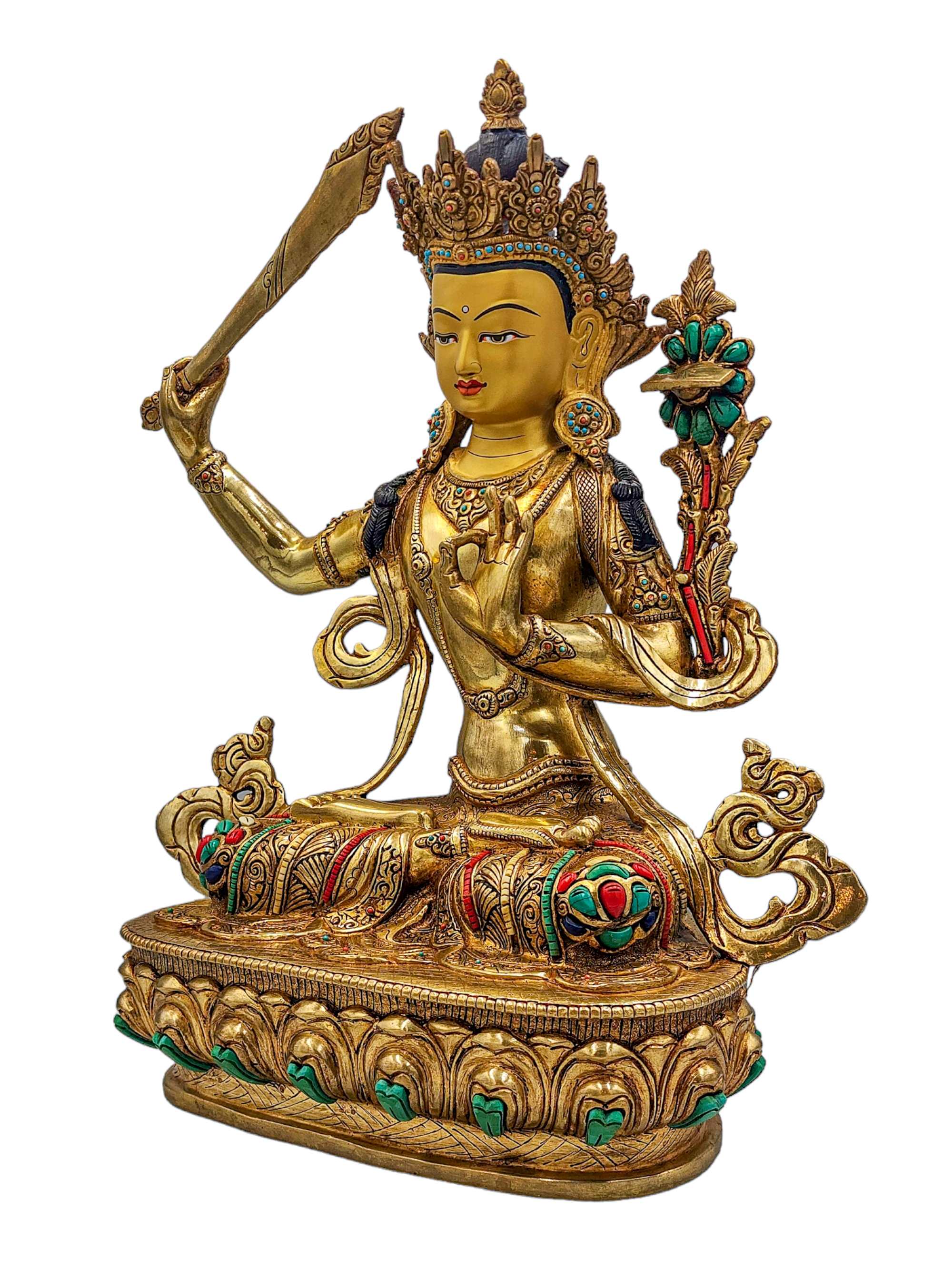 Manjushree, Buddhist Handmade Statue,
Manjushree, Buddhist Handmade Statue,  of Marici Or Marichi Oxidized" title="Copper Statue
of Marici Or Marichi Oxidized" title="Copper Statue 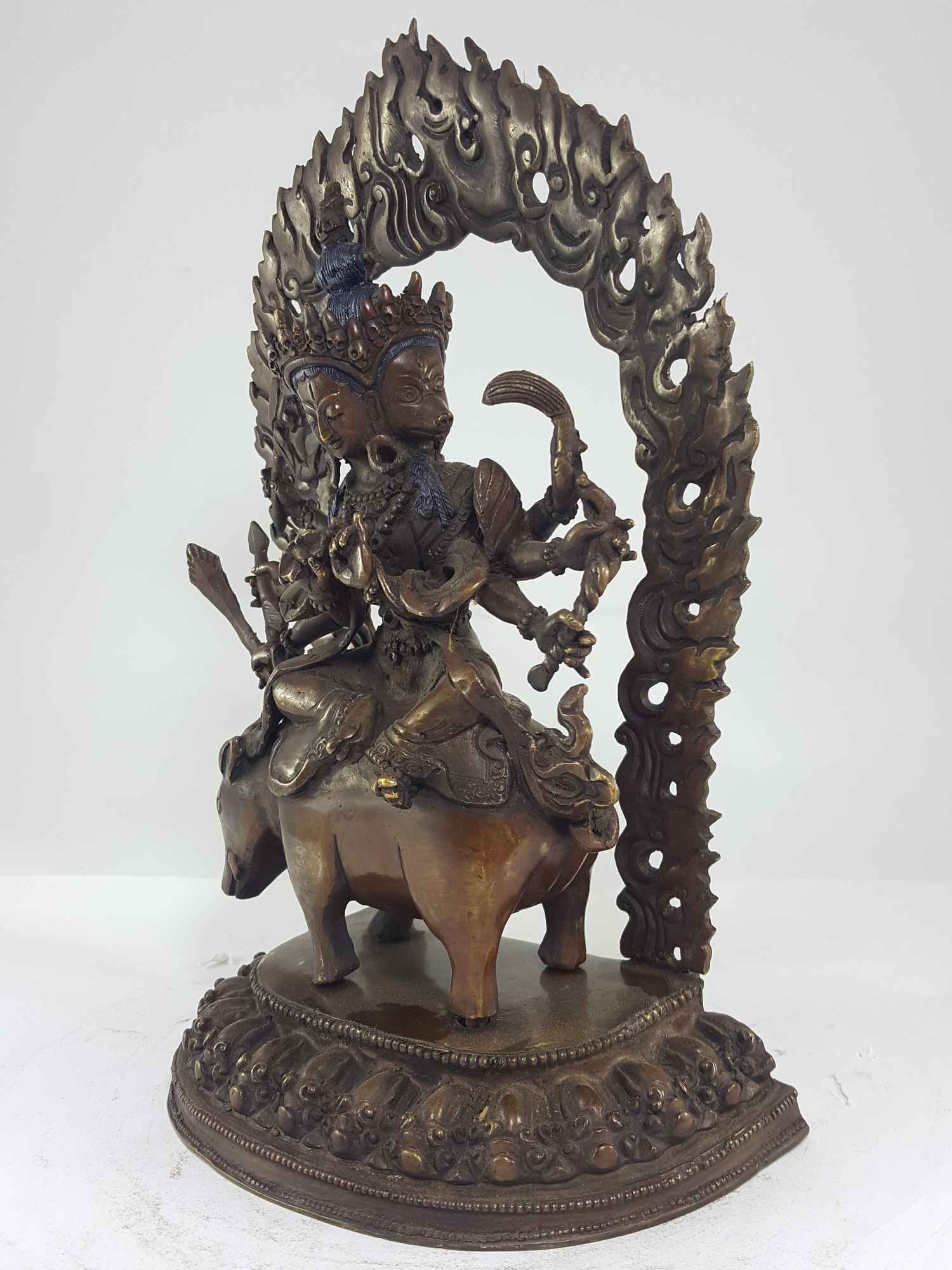 of Marici Or Marichi Oxidized" title="Copper Statue
of Marici Or Marichi Oxidized" title="Copper Statue  of Marici,
of Marici, 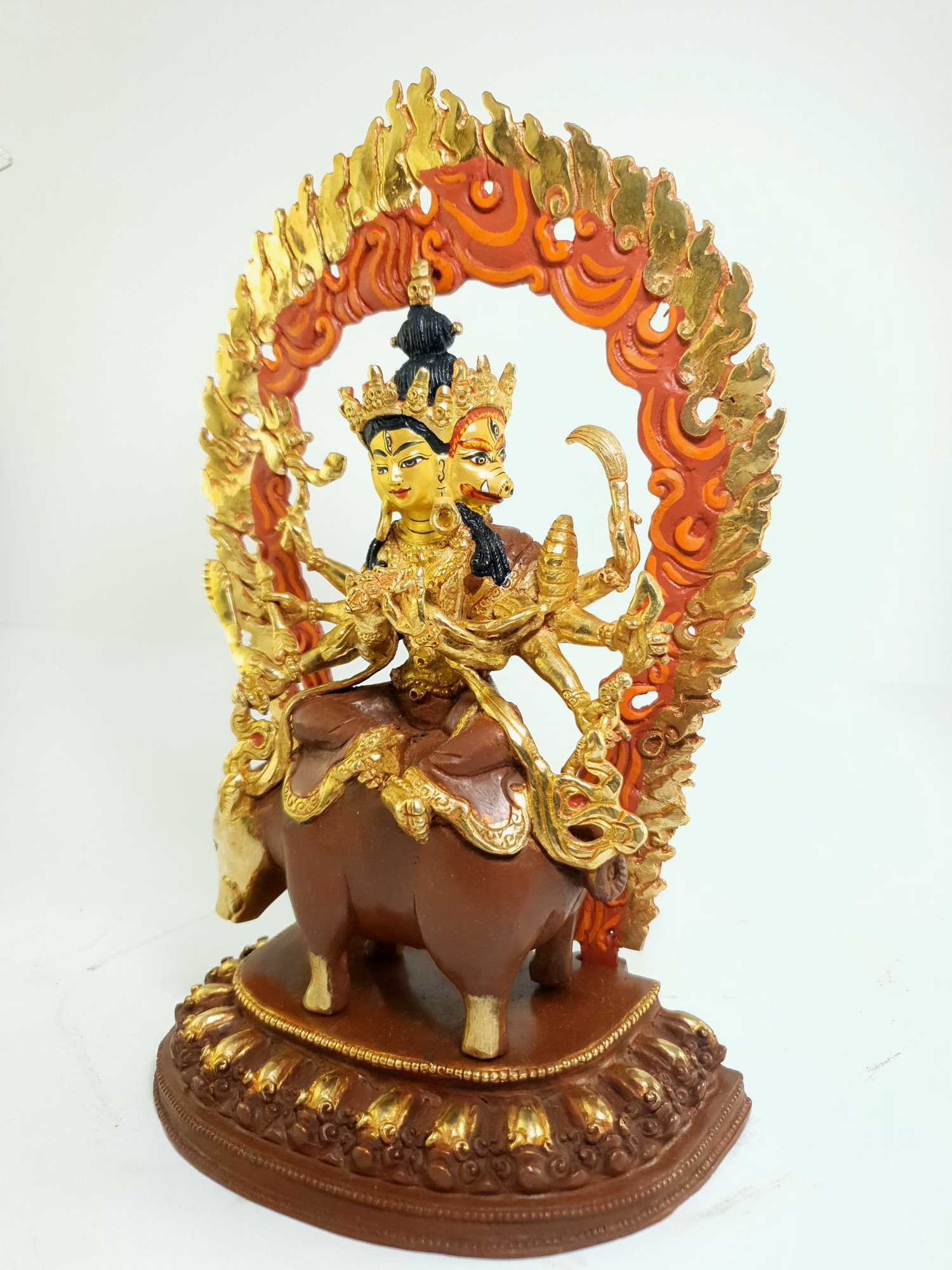 of Marici,
of Marici,